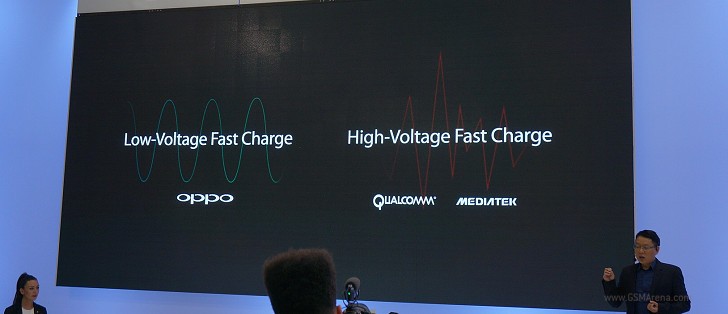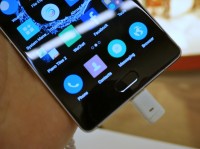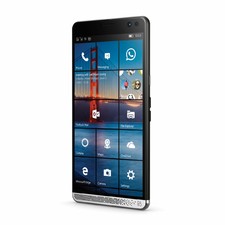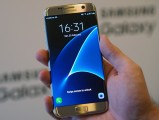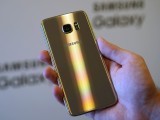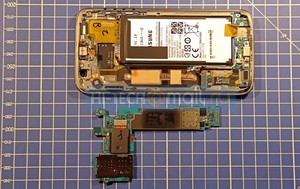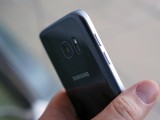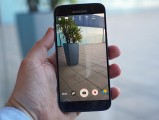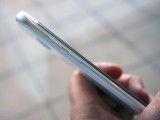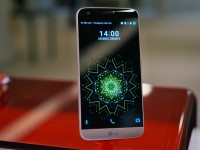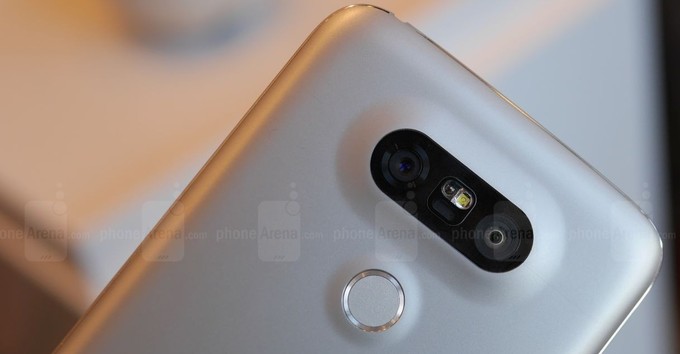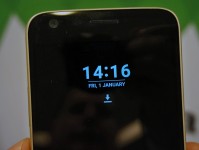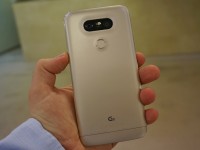Branding and marketing strategies of Xiaomi are strong that almost everyone knows about this rising smartphone brand. Looking at the trend, it is a serious contender to Samsung and Apple if it is available internationally *but sadly it is not*
In this year MWC, Xiaomi chooses to announce its latest flagship, the long-awaited Xiaomi Mi 5 in three slightly different tastes. They are the 32GB version, a 64GB version with faster processing power, both having 3GB RAM and lastly a ceramic black Mi 5 Pro with 4GB RAM. On the front, you can see a 5.5 inch IPS display with great viewing angle and colour saturation, plus a 4MP front facing camera with 2 micron pixel size . At the back, you can find the 16MP Sony IMX298 sensor, f/2.0, phase-detection AF touted with 4-axis optical image stabilization, all of these protected by a sapphire glass. Hid underneath the screen are the Snapdragon 820 processor and 3000 mAh battery. Comparable to other flagships, it has fingerprint scanner but no other fancy feature such as liquid cooling.
In a recent interview, Hugo Barra revealed Xiaomi only has plans for making Xiaomi Mi5 available only on the current markets it operates on. The Mi5 will launch in the company’s home country of China and will be available on March 1 for a price of around $300 (MYR 1,300). We are expecting that later this year the Mi 5 should hit Xiaomi’s core markets – China, India, Hong Kong, Malaysia, Indonesia, Singapore, Philippines, and probably, Brazil. Heads up Malaysians!











